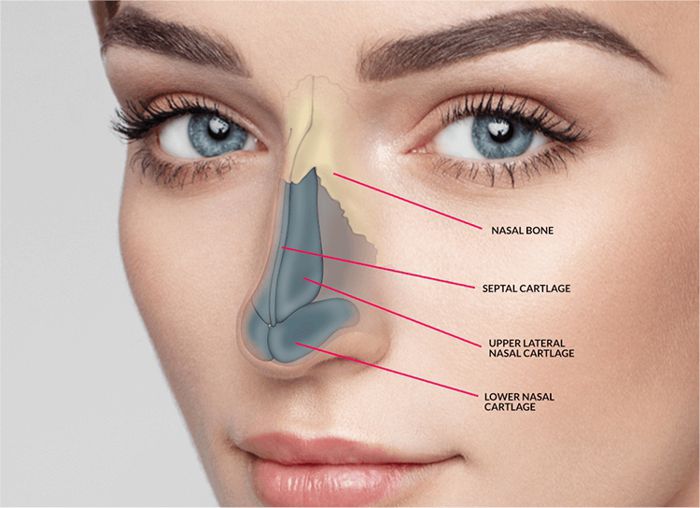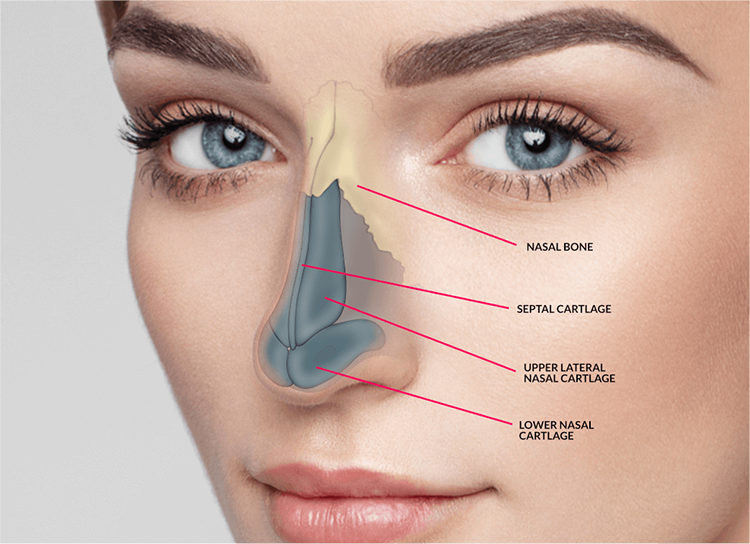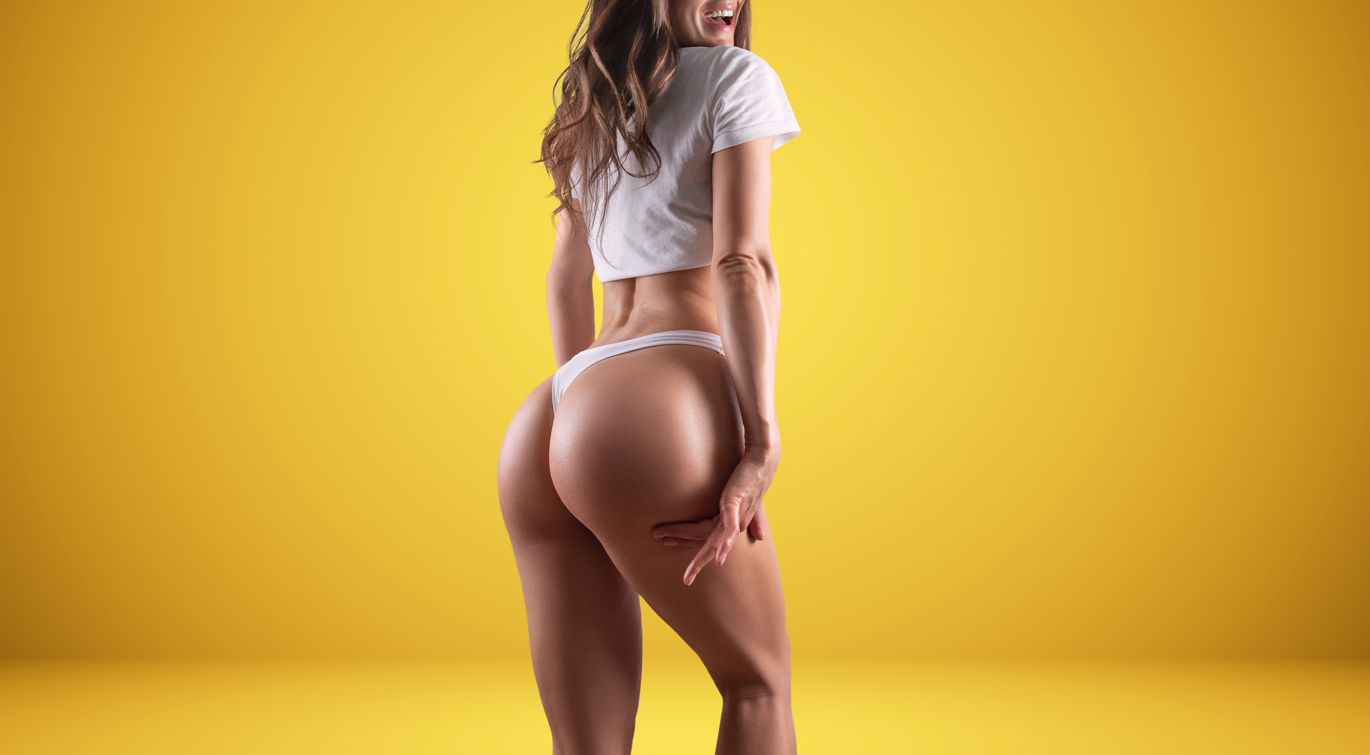Rhinoplasty (nose reshaping or a "nose job") is an operation to change the shape or size of the nose. Rhinoplasty or "nose job" is a surgical procedure aimed at correcting nasal deformities by modifying the shape of the nose, which leads to improved facial balance and harmony. Each rhinoplasty procedure is a unique case that must be carefully evaluated on an individual basis. The final aesthetic appearance of the nose after surgery will be obtained after a period of no less than six months.
This change is so slow and progressive that it may not even be noticed. However, we must insist on the importance of this time in order to evaluate the end result. The best rhinoplasty is one that is tailored to your facial anatomy, and your unique desires. The changes with rhinoplasty can range from a subtle refinement to more dramatic, stunning enhancements, depending upon your anatomy. Whatever technique performed, a rhinoplasty results should be natural and beautiful, and should not look like a "nose job."
Rhinoplasty is usually carried out under general anaesthetic.
Depending on the type of surgery you're having, the surgeon may:
- make your nose smaller (nose reduction): by removing some of the cartilage and bone
- make your nose larger (nose augmentation): by taking cartilage from the ears and bone from the hips, elbow or skull, and using it to build up the nose (known as a "graft")
- change the shape of your nose (including the nostrils): by breaking the nose bone and rearranging the cartilage
- change the angle between the nose and top lip: The skin over the nose should shrink or expand to its new shape.
There are two primary rhinoplasty technical approaches: open rhinoplasty, and closed rhinoplasty. The operation involves either making a cut across the skin between the nostrils (open rhinoplasty), or tiny cuts inside the nostrils (closed rhinoplasty).
A closed rhinoplasty leaves no visible scars and causes less swelling, but is not always possible or available.
Both place incisions within the internal nostril region, and the open rhinoplasty approach adds an inconspicuous incision (a few millimeters) on the undersurface of the columella (between the nostrils). The most appropriate rhinoplasty incisions is best selected based on the specific structural modifications required.
A prominent nasal hump can be reduced, a wide nose can be narrowed, a full nasal tip can be refined, and a drooping nasal tip can be elevated to a more attractive, natural position, among other enhancements. The main aim is to create soft, elegant lines, and a beautiful, natural proportion in harmony with the face. Creating or maintaining “function” in rhinoplasty is paramount, and all maneuvers to maintain or improve breathing is undertaken. A good example is the use spreader grafts that can be used to improve both the appearance and the function of the nose in those with internal valve problems or narrow nose. For the vast majority of candidates for rhinoplasty, the maneuvers described are often required.
The procedure can take 1.5 to 3 hours. You'll probably need to stay in hospital for 1 or 2 nights. You'll have a dressing on your nose for the first 12 hours after the operation, and a splint held over your nose with tape for 7 days. You may not be able to breathe through your nose for about a week. You'll be given painkillers to help control any pain or discomfort.
Recovery.
You may need to take up to 2 weeks off work to recover from nose surgery. It might be several months before you see the full effect of the operation, and up to 6 months for the swelling to completely go.
After about a week: Stitches can be removed (unless you had dissolvable stitches). The splint may also be able to come off.
At 3 weeks: Bruises, swelling and redness may have faded. You may be able to swim.
At 4 to 6 weeks: You should be able to resume strenuous exercise.
You may be advised to:
- Prop your head up with pillows for a couple of days when resting to reduce the swelling
- Avoid hot baths and getting the splint wet
- Avoid blowing your nose or removing any crusts until your appointment to have the splint removed
- Sneeze through your mouth to avoid pressure on your nose
- Avoid dusty or smoky places
- Avoid strenuous exercise or contact sports for 4 to 6 weeks
Procedures that can be combined with rhinoplasty
Jawline augmentation: In a face with a golden ration; the tip of the nose, upper lip and the most prominent part of the chin are on the same vertical plane. In those who have a retruded mandible (chin bone), jawline augmentation with an implant or fillers can be performed in the same session with a rinoplasty.
Jawline/ chin reduction: In those with a prominent chin, chin reduction can be performed in conjunction with a rhinoplasty procedure.
Eyelid surgery: Upper eyelid surgery and sometimes a lower eyelid surgery can be combined with a rhinoplasty.
Fat injection: Fat injection is an excellent antiaging procedure that enhances the harmony of the face. It is frequently combined with rhinoplasty to augment the cheek, temporal area, lips and chin.
For more information please contact us…







